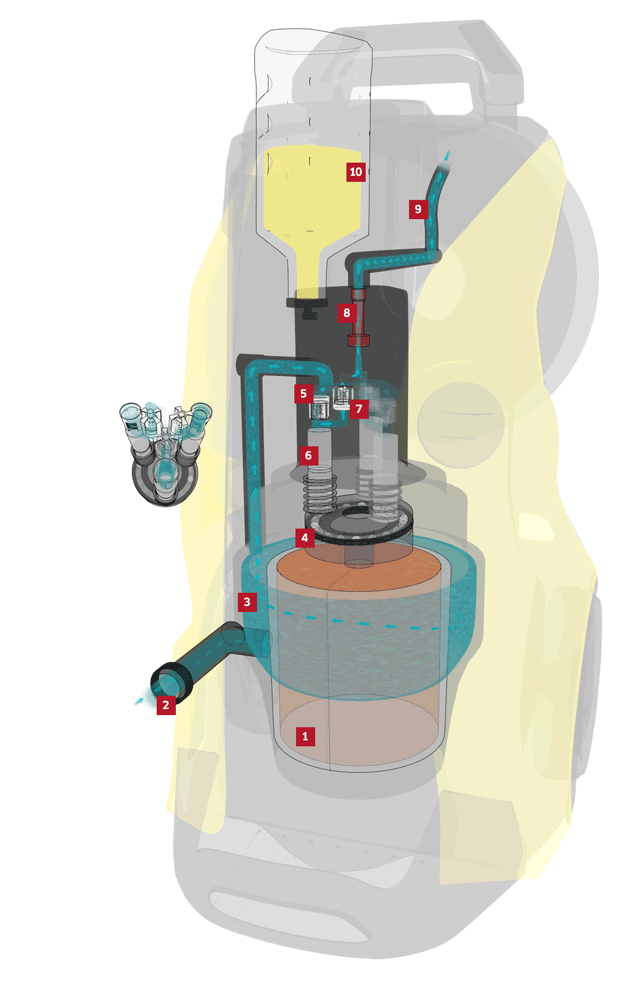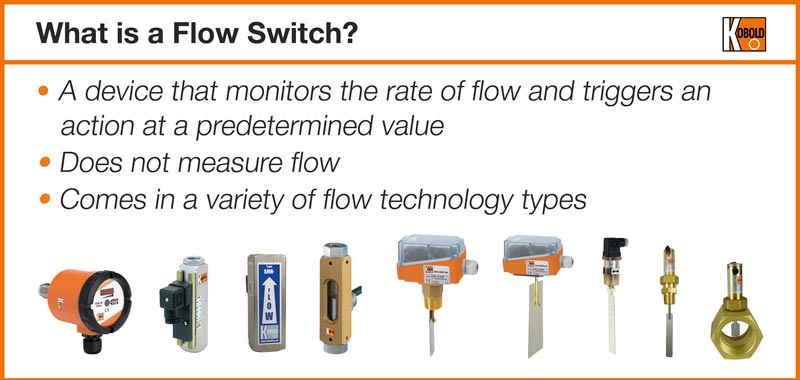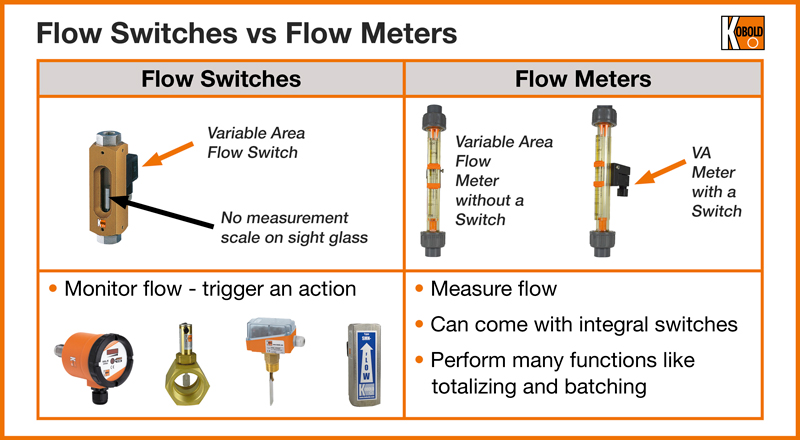A pressure washer is a powerful tool. It helps clean surfaces with high-pressure water. One important part of a pressure washer is the flow switch. But how does it work? Let’s find out!
What is a Flow Switch?
A flow switch is a small device. It detects the flow of water in a pressure washer. When you pull the trigger, water flows. The flow switch senses this and sends a signal.
Why is the Flow Switch Important?
The flow switch is crucial for safety. It prevents the pressure washer from running dry. Running dry can damage the machine. The flow switch also helps save energy. It ensures the washer only works when needed.

Credit: www.karcher.com
Components of a Flow Switch
A flow switch has several parts. Let’s look at them:
- Body: The main part of the flow switch. It houses other components.
- Paddle: A small blade inside the switch. It moves when water flows.
- Spring: Keeps the paddle in place when no water flows.
- Magnet: Works with the paddle to create a signal.
- Electrical Contacts: Sends the signal to the pressure washer.
How Does the Flow Switch Work?
Here is a step-by-step guide:
- Paddle Movement: When you pull the trigger, water flows. The paddle inside the switch moves.
- Magnet Activation: The moving paddle brings a magnet close to electrical contacts.
- Signal Creation: The magnet closes the contacts. This creates an electrical signal.
- Signal Transmission: The signal goes to the pressure washer’s control system.
- Machine Activation: The control system turns the machine on. Water sprays out with high pressure.
Types of Flow Switches
There are two main types of flow switches:
Mechanical Flow Switch
This type uses a paddle and magnet. It is simple and reliable. It works well for most pressure washers.
Electronic Flow Switch
This type uses sensors. It can be more accurate. However, it is also more expensive.
Common Issues with Flow Switches
Flow switches can have problems. Here are some common issues:
- Clogged Paddle: Dirt can block the paddle. This stops it from moving.
- Weak Spring: The spring can wear out. This makes the paddle move too easily.
- Electrical Problems: Wires can become loose. This stops the signal from reaching the control system.

Credit: koboldusa.com
How to Maintain a Flow Switch
Maintenance is key to a working flow switch. Here are some tips:
- Regular Cleaning: Clean the paddle and body. This prevents clogs.
- Check the Spring: Make sure the spring is strong. Replace it if needed.
- Inspect Wires: Look for loose or damaged wires. Fix them promptly.
When to Replace a Flow Switch
Sometimes, maintenance is not enough. You may need to replace the flow switch. Here are signs it is time:
- No Response: The pressure washer does not turn on. Even when water flows.
- Intermittent Operation: The washer works sometimes, but not always.
- Visible Damage: The flow switch looks broken or worn out.
Choosing the Right Flow Switch
Not all flow switches are the same. Here is how to choose the right one:
- Check Compatibility: Make sure the switch fits your pressure washer model.
- Consider the Type: Decide between mechanical or electronic. Think about your needs and budget.
- Read Reviews: Look for switches with good reviews. This ensures reliability.
How to Install a New Flow Switch
Installing a new flow switch is easy. Follow these steps:
- Turn Off the Pressure Washer: Unplug it to ensure safety.
- Locate the Old Switch: Find the flow switch on your pressure washer.
- Remove the Old Switch: Unscrew it carefully. Disconnect any wires.
- Install the New Switch: Attach the new switch. Connect the wires.
- Test the Pressure Washer: Turn it on. Make sure it works properly.
Frequently Asked Questions
What Is A Pressure Washer Flow Switch?
A pressure washer flow switch detects water flow. It signals the system to start or stop based on water movement.
How Does A Flow Switch Function?
A flow switch monitors water flow. When water flows, it activates the pressure washer. No flow, it stops the washer.
Why Is A Flow Switch Important?
A flow switch ensures efficient operation. It prevents damage by stopping the washer when there’s no water flow.
Conclusion
The flow switch is a vital part of a pressure washer. It ensures safety and efficiency. Knowing how it works helps you maintain it. This keeps your pressure washer in top shape. Happy cleaning!

